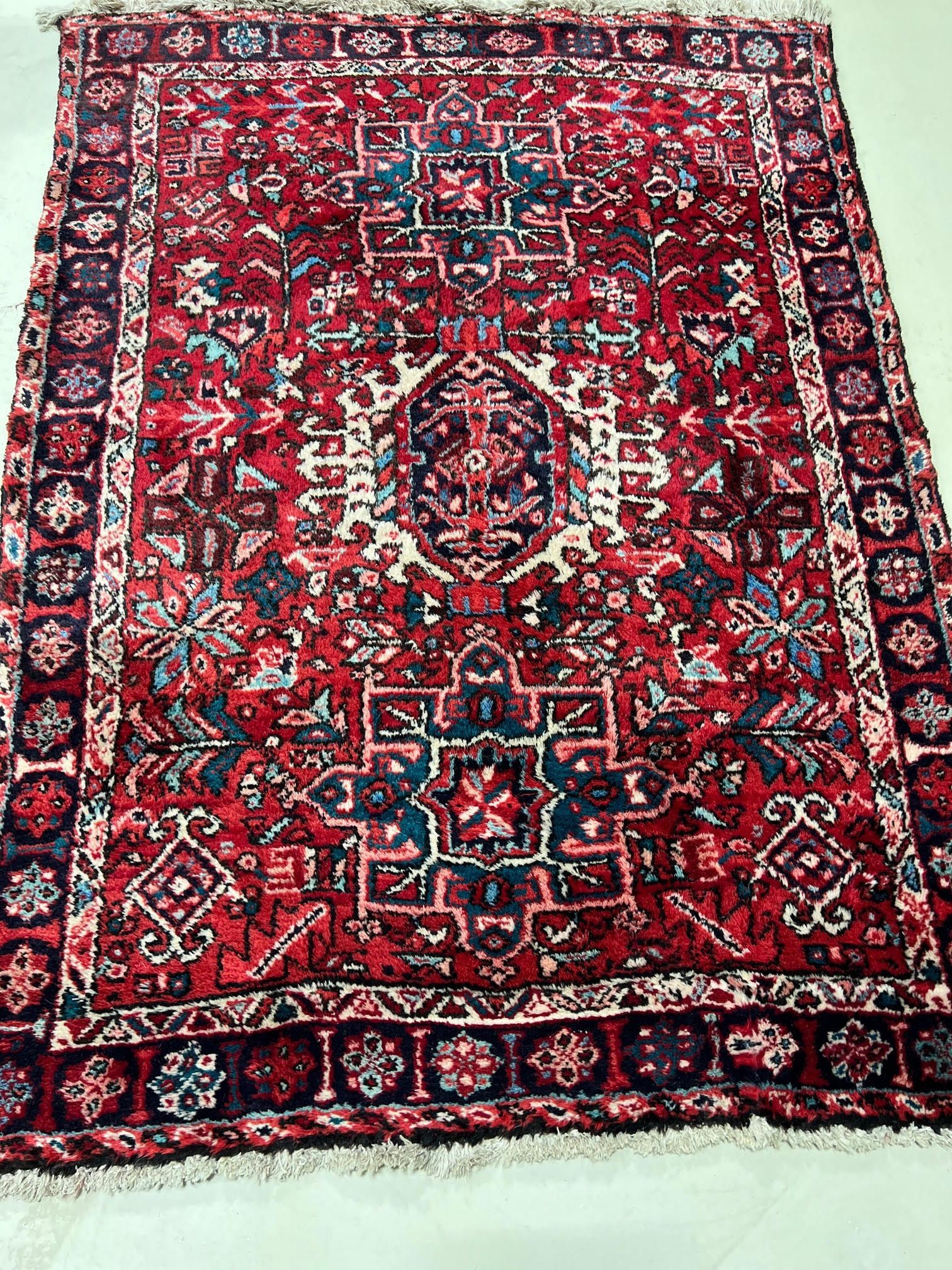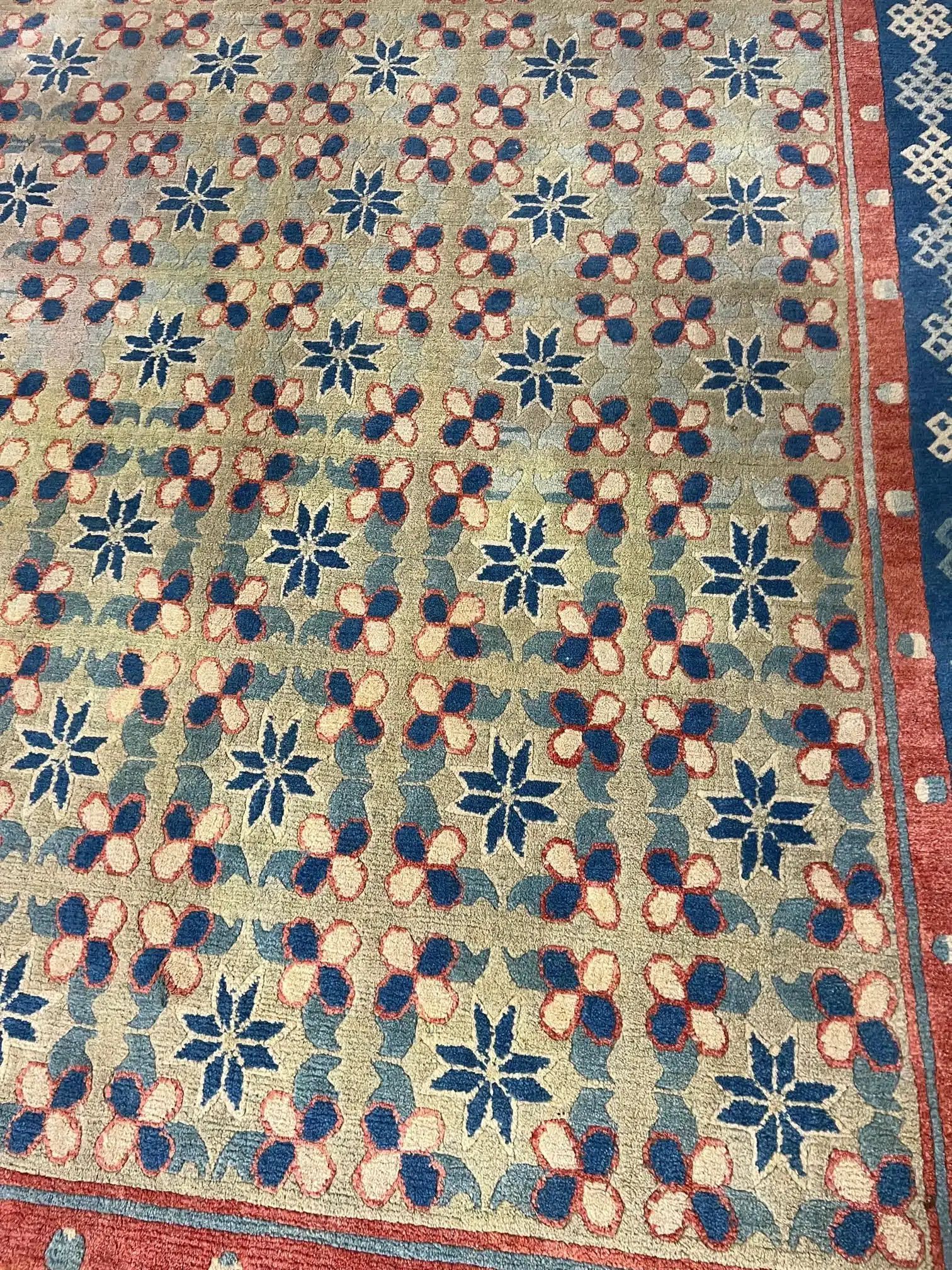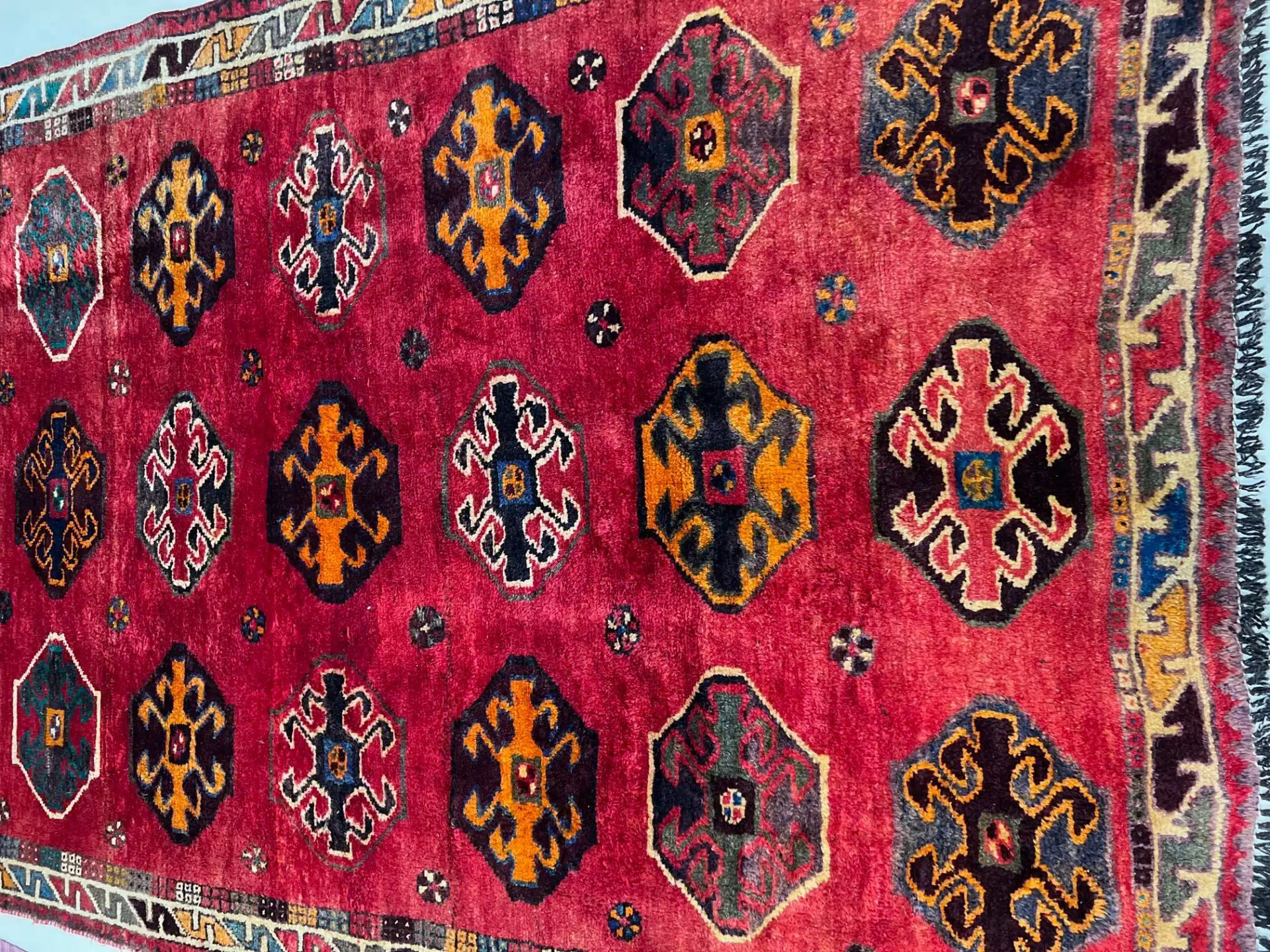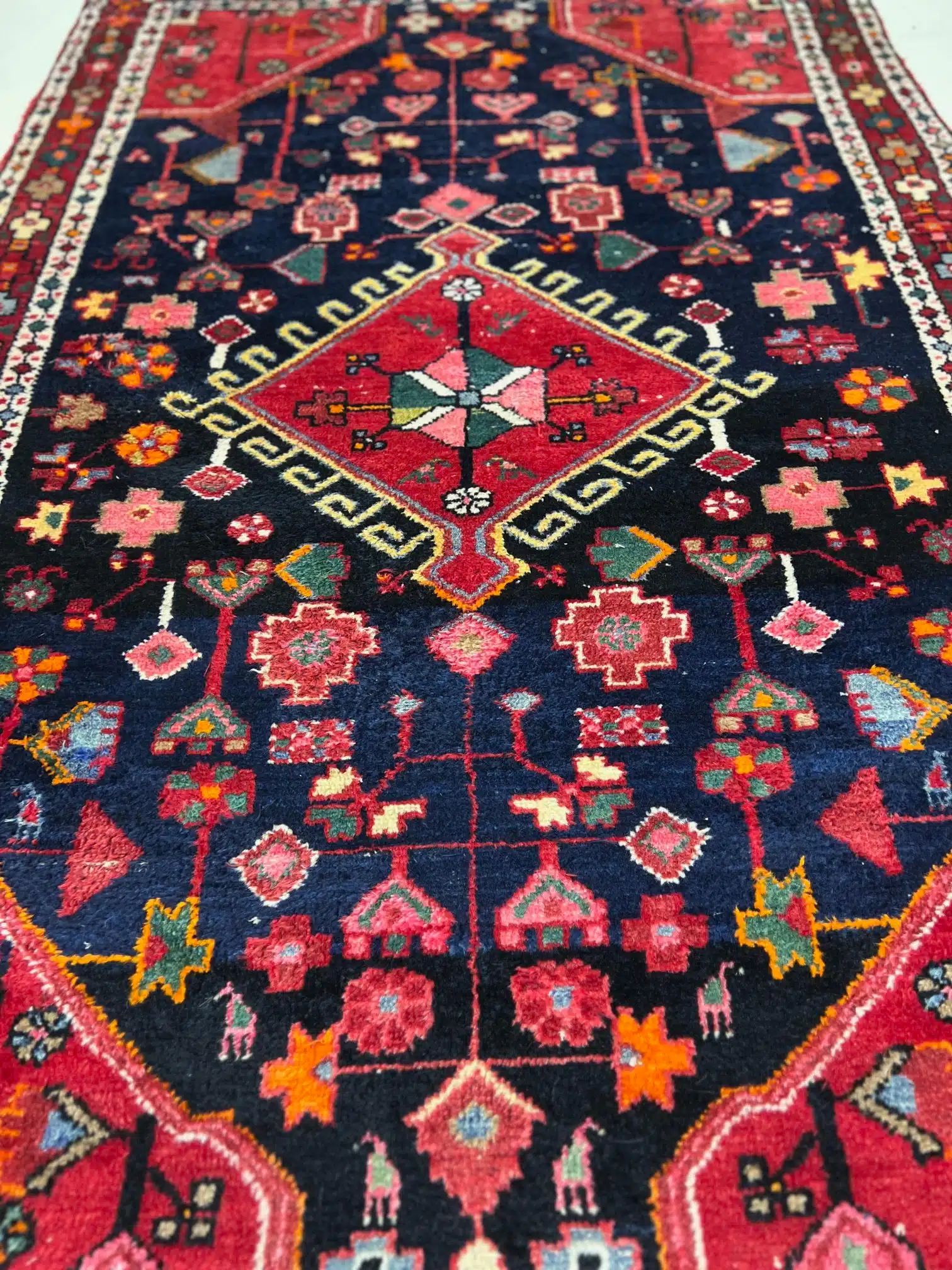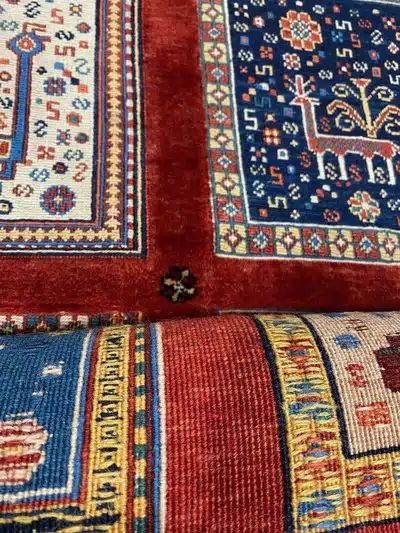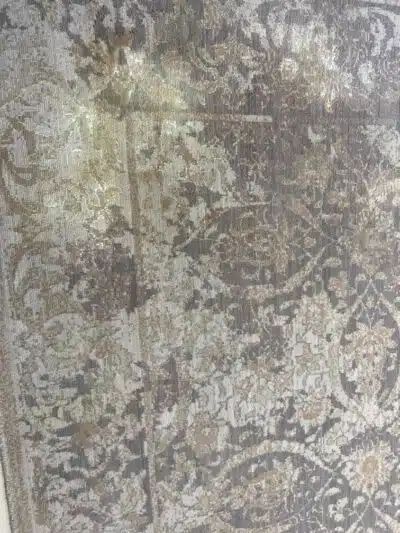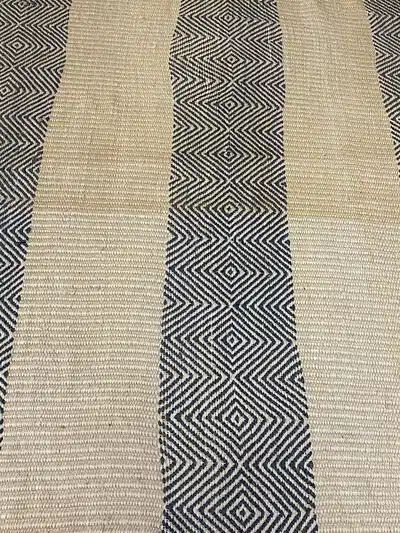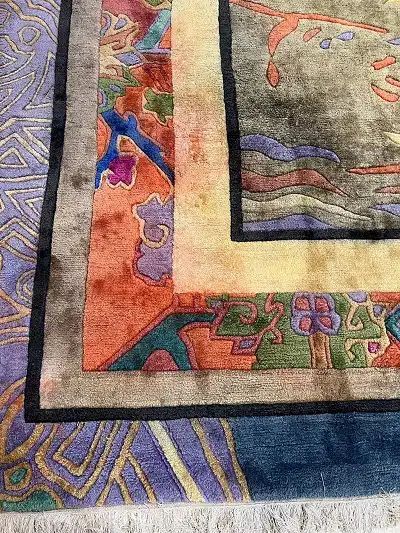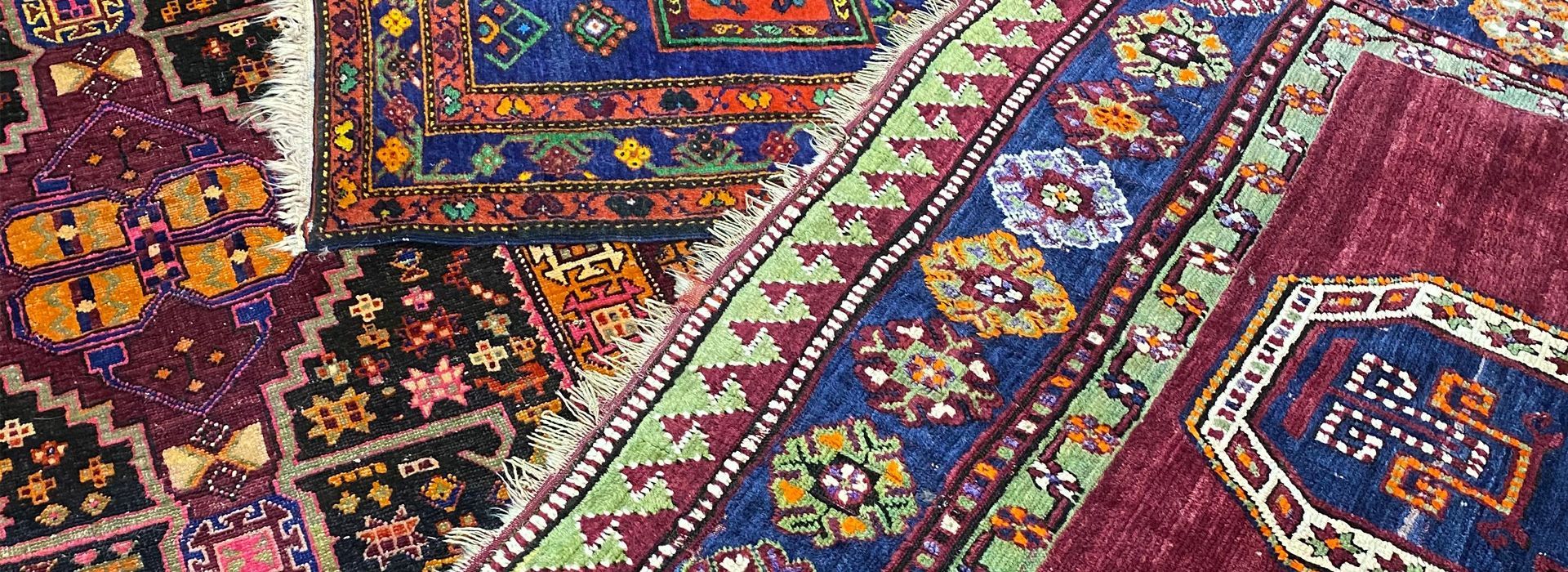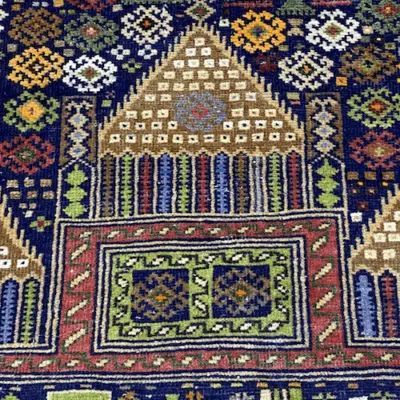Early History of Handmade Rugs in China
With so many resources, people often wonder why China was not one of the earlier countries to craft these rugs and document them. Wool was scarcer in some regions of China in ancient times and in more recent centuries. While silk was also available, it was still a luxury. There is a legend that China was a leader in cultivating the silkworm from 2640 to 2650 BCE. The practice of sericulture, which is silkworm cultivation, is older than documented history. Silk garments eventually became hot commodities in the Middle East. They were traded via China’s famous Silk Road, which was built during the Han dynasty that spanned late BCE and early CE centuries.
The Oldest Surviving Handmade Carpet
The discovery of the oldest surviving handmade carpet and other buried treasures suggests that rugs were brought by traders into China before the Silk Road existed. The discovery took place in 1949 in a part of Siberia that was not far from the border of China. Among other artifacts, Chinese silk and an old pile rug that was believed to be from Persia were found. The rug belonged to a Scythian nobleman. All the wealth found in the tombs in that region revealed that the people of the area were nomads and traders who likely brought goods to China as well. Those findings show that although hand-knotted rugs may not have been made in China in the BCE, they were likely brought in and sold. Evidence of pile rugs being brought into China and the demand for silk garments may be why the country was not a big producer and exporter of rugs in past centuries.
The post Early History of Handmade Rugs in China appeared first on The Austin Rug Cleaner.
